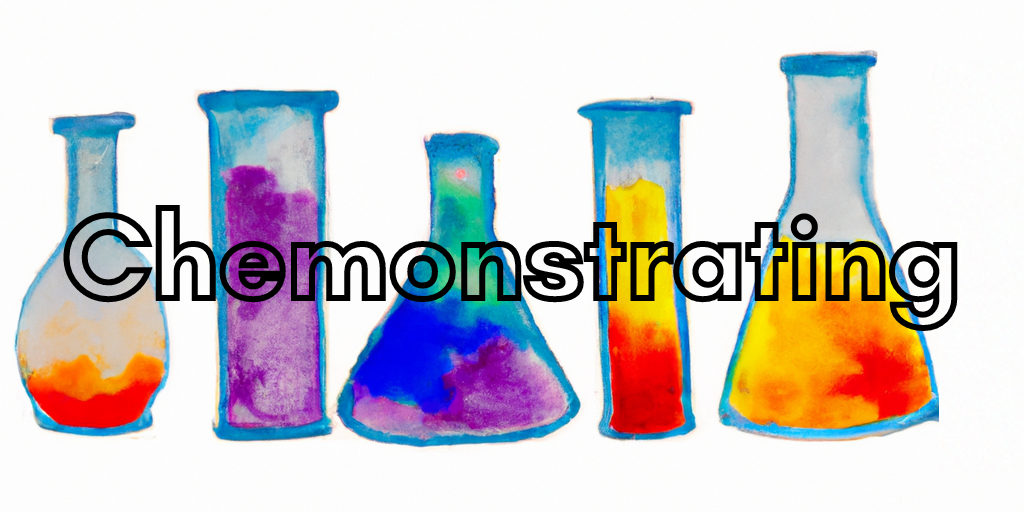Colorful Precipitates
Purpose:
To demonstrate the predictability of double replacement reactions, the use of solubility rules, and to provide an opportunity for students to write out formulas, total ionic and net ionic equations.
Materials:
- 12 test tubes
- Test tube rack
Reagents:
- 0.1 Potassium iodide (KI)
- 0.1M Barium chloride (BaCl2)
- 0.1M Copper chloride (CuCl2)
- 0.1M Lead (II) nitrate (Pb(NO3)2)
- 0.1M Potassium chloride (KCl)
- 0.1M Potassium dichromate (K2Cr2O7)
- 0.1M Silver nitrate (AgNO3)
- 0.1M Sodium carbonate (Na2CO3)
- 0.1M Sodium sulfate (Na2SO4)
- 0.1M Nickel (II) chloride (NiCl2)
Hazards and PPE:
- Silver nitrate is toxic and contact with skin should be avoided.
- Barium chloride is an acute toxin. Handle with care.
- Copper chloride is a serious irritant. Handle with care.
- Lead nitrate is an oxidizer, acute toxin, reproductive toxin, and aquatic hazard. Store, handle, and dispose of with care.
- Nickel chloride is an acute toxin, environmental hazard, germ cell mutagen, carcinogen, and reproductive toxin. Handle and dispose of with care.
- Potassium dichromate is an oxidixer, acute toxin, carcinogen, and reproductive toxin. Store and handle with extreme care.
- Wear approved safety goggles and gloves.
Protocol:
Preparation
- Label 12 test tubes as follows:
-
- AgNO3
- K2Cr2O7
- NiCl2
- Na2CO3
- Pb(NO3)2
- KI
- AgNO3
- KCl
- BaCl2
- Na2SO4
- CuCl2
- Na2CO3
- Fill each tube 1/3 full of its labeled solution.
Demonstration
- Mix tubes according to the following instructions:
- Tube 1 into tube 2
- Tube 3 into tube 4
- Tube 5 into tube 6
- Tube 7 into tube 8
- Tube 9 into tube 10
- Tube 11 into tube 12
Disposal:
- Solutions should be placed in appropriately labeled waste containers, taking care to rinse all of the precipitates into the waste container.
Reactions:
- Silver nitrate and ammonium thiocyanate produce a brown precipitate, silver thiocyanate.
- Nickel chloride and sodium carbonate produce the pale blue precipitate, nickel carbonate.
- Lead nitrate and potassium iodide produce the yellow precipitate, lead iodide.
- Silver nitrate and potassium chloride produce a white milky precipitate.
- Barium chloride and sodium sulfate produce the white precipitate, barium sulfate.
- Copper (II) chloride and sodium carbonate produce the pale blue precipitate, copper (II) carbonate.
Citations:
- Summerlin, L., Borgford, C., and Ealt, J. Chemical Demonstrations, Volume 2, 1987.
